The Elveden Game Department.
Game shooting increased in popularity during the last half of the 19th
century. Many of the large estates in East Anglia were renowned for the quality
of their shoots and during the ownership of H.H. the Maharajah Duleep Singh
Elveden grew into a nationally famous sporting estate.
The two previous owners of Elveden the 4th Earl of Albemarle and Mr. William
Newton, had also used the Estate mainly for the shooting it provided, but, Lord
Albemarle was described as promising to be 'a very active and experimental
farmer; and will, by improving and planting, change the face of the desert that
surrounds him', neither did he 'neglect afforestation' .
The Earl of Albemarle was a friend and 'disciple' of the famous agriculturist
Thomas Coke of Holkham, Norfolk
.
The Earl of Albemarle was a friend and 'disciple' of the famous agriculturist
Thomas Coke of Holkham, Norfolk .
Newton made improvements and continued to enlarge the plantations adding to the
'agreeableness of the situation'
.
Newton made improvements and continued to enlarge the plantations adding to the
'agreeableness of the situation'!['Guide Book of the Time] references taken from 'The Elveden Enterprise.' by George Martelli](info.gif) .
.
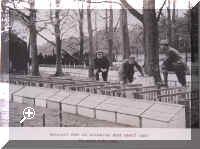 The
purchase of the Estate by the First Earl of Iveagh in 1894 saw the continued
expansion of the Game Department and by the turn of the 20th century over 70 men
were employed.
The
purchase of the Estate by the First Earl of Iveagh in 1894 saw the continued
expansion of the Game Department and by the turn of the 20th century over 70 men
were employed.
The department continued to evolve over the next 39 years up to the outbreak
of the second world war. During this time Elveden, together w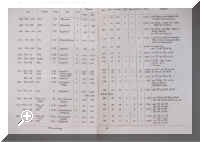 ith
many other estates, developed her own method of managing game-birds with a
prodigious number of birds being reared and released to augment the supply of
wild birds; the success of which can be found by looking at examples of the bag
records from the period.
ith
many other estates, developed her own method of managing game-birds with a
prodigious number of birds being reared and released to augment the supply of
wild birds; the success of which can be found by looking at examples of the bag
records from the period.
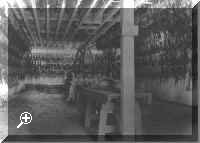
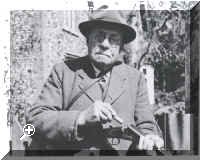 With
the exception of periods during the First and Second World Wars the Game
Department has been in existence for over 140 years, it is therefore the single
most continuous activity in Elveden's history
With
the exception of periods during the First and Second World Wars the Game
Department has been in existence for over 140 years, it is therefore the single
most continuous activity in Elveden's history
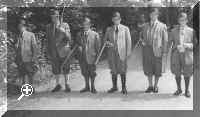
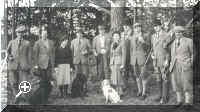 Fundamental
changes have taken place in the methods adopted to ensure that the numbers of
pheasants and partridges are sufficient to supply the sport.
Fundamental
changes have taken place in the methods adopted to ensure that the numbers of
pheasants and partridges are sufficient to supply the sport.
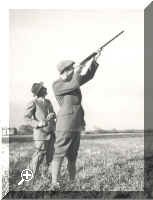
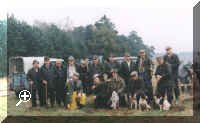 For
the past fifty years wild stocks of birds have not been relied upon and two
generations of game-keepers have used incubators, electric hens and release pens
to supply the sport.
For
the past fifty years wild stocks of birds have not been relied upon and two
generations of game-keepers have used incubators, electric hens and release pens
to supply the sport.
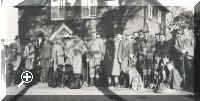 These rearing methods are preferable in most parts of the country as they
give a certain amount of predictability to the game shooting as well as being
more easily integrated into modern farming systems.
These rearing methods are preferable in most parts of the country as they
give a certain amount of predictability to the game shooting as well as being
more easily integrated into modern farming systems.
Many changes have occurred in game shooting, not only in the system of
management but also in the technology used by the sportsmen.
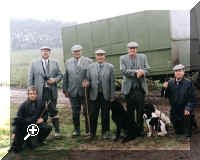 However
things have gone full circle, and Elveden, once again, after 40 years of rearing
and releasing pheasants, is now being managed for it's wild stocks.
However
things have gone full circle, and Elveden, once again, after 40 years of rearing
and releasing pheasants, is now being managed for it's wild stocks.
The demands of today's sportsmen are much lower therefore a balance can be
found to accommodate modern farming and all forms of wildlife.
Some photographs and Game Bag record taken from 'Memoirs of a Gamekeeper' by T.W.
Turner - Geoffrey Bles.
Other photographs used by permission of Lord Iveagh.
©2000 J. Rudderham